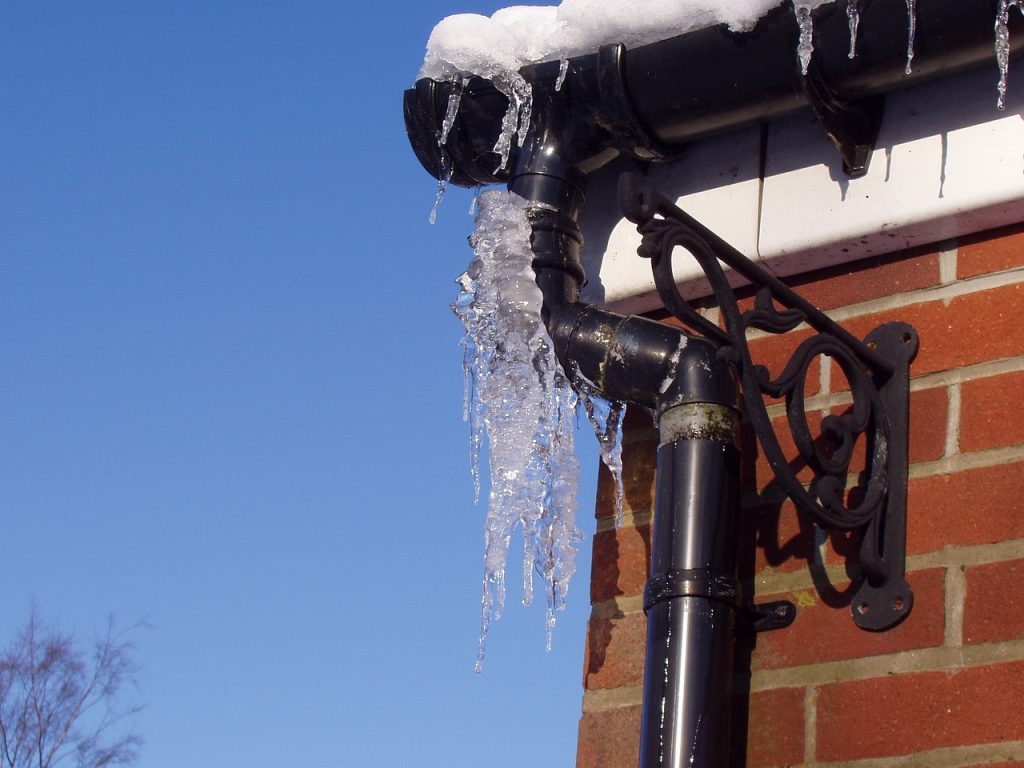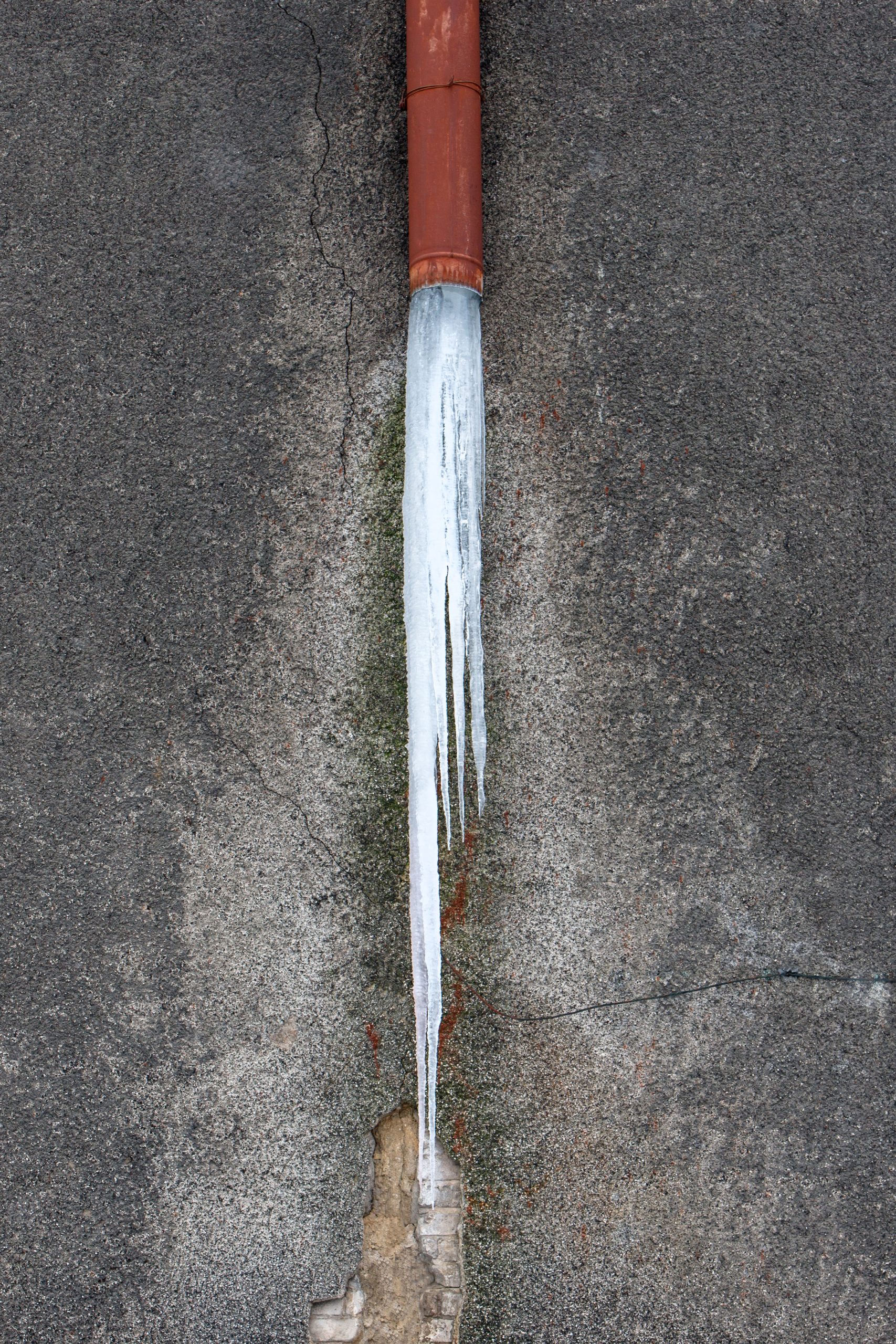Thawing frozen pipes
Thawing frozen pipes

Thawing Frozen Pipes Toronto, Canada
Winter in Toronto can be a beautiful sight, with snow-covered streets and festive holiday decorations. However, the season also brings a set of challenges, particularly for homeowners dealing with frozen pipes. Frozen pipes can lead to significant plumbing issues, including leaks, burst pipes, and extensive water damage. Understanding the importance of thawing frozen pipes and the proper techniques to do so can save you from costly repairs and headaches down the line.
Understanding the Problem
Pipes freeze when the temperature drops significantly, especially in uninsulated areas of your home, such as basements, attics, or exterior walls. Water expands when it freezes, placing immense pressure on the pipes, which can eventually lead to cracks or breaks. Identifying the signs of frozen pipes early on is crucial to preventing further damage. Common indicators include:
- Reduced water flow or no water at all from taps.
- Frost or ice visible on the pipes.
- Strange sounds when you turn on the faucet, such as gurgling or banging.
If you suspect your pipes are frozen, it’s essential to act quickly. Delaying can lead to more severe issues that might require extensive repairs.
Safety First
Before attempting to thaw any frozen pipes, ensure you take the necessary precautions to protect both yourself and your home. Here are some safety tips to consider:
- Turn Off the Water Supply: If you suspect a pipe has burst, turn off the main water supply to prevent flooding.
- Avoid Using Open Flames: Never use a blowtorch or any open flame to thaw pipes, as this can damage the pipe material and create a fire hazard.
- Check for Electrical Hazards: If you’re working near electrical outlets or appliances, be cautious of water exposure.
Thawing Techniques
Apply Heat Gradually: The safest method to thaw frozen pipes is to apply heat gradually. Here are some effective ways to do this:
- Hair Dryer: Use a hair dryer on a low setting, moving it back and forth along the pipe. Start at the section nearest to the faucet and work your way back.
- Heating Pads or Towels: Wrap heating pads or warm towels around the frozen pipe. This method provides a steady source of heat without the risk of overheating.
- Space Heaters: If the frozen pipe is in an enclosed space, such as a basement, use a space heater to warm the area. Ensure the heater is placed safely away from any flammable materials.
Run Warm Water: Open the faucet connected to the frozen pipe and allow warm water to run through it. This can help relieve pressure and allow the ice to melt more quickly. The warm water will gradually thaw the ice blockage, restoring normal water flow.
Use a Heat Tape: If you frequently experience frozen pipes, consider investing in heat tape. This self-regulating electric tape can be wrapped around pipes to prevent freezing in the first place. Follow the manufacturer’s instructions for installation and use.
Monitor and Inspect: While thawing the pipes, regularly monitor the situation. If you notice any signs of cracking or leaks, turn off the water supply and call a professional plumber immediately. They have the tools and expertise to handle more complex issues and ensure your plumbing system is safe and functional.
Preventing Future Freezes
Once the immediate issue is resolved, it’s essential to take steps to prevent frozen pipes in the future. Here are some proactive measures:
Insulate Pipes: Use foam insulation sleeves or wrap insulation tape around pipes located in unheated areas of your home. This will help keep the pipes warm during cold weather.
Keep the Heat On: Ensure your home’s heating system is running efficiently, especially in the winter months. Even if you leave for an extended period, keep the thermostat set to at least 55°F (13°C) to maintain a consistent temperature.
Seal Drafts: Inspect your home for drafts near windows, doors, and areas where pipes enter and exit. Seal any gaps with caulk or insulation to keep cold air from reaching your pipes.
Let Faucets Drip: During extreme cold, allow faucets to drip slightly. The continuous flow of water can help prevent freezing.
Open Cabinet Doors: In particularly cold weather, open cabinet doors under sinks to allow warm air to circulate around the plumbing.
When to Call a Professional
While many homeowners can thaw frozen pipes using the methods mentioned, some situations may require professional assistance. If you attempt to thaw the pipes but still experience issues, such as persistent leaks, significant pressure buildup, or damaged pipes, it’s essential to contact a plumbing professional. They can provide a thorough inspection and determine if repairs or replacements are necessary.
Thawing frozen pipes is a vital task for homeowners in Toronto during the winter months. By understanding the causes of frozen pipes, employing safe thawing methods, and taking preventive measures, you can protect your plumbing system and avoid costly repairs. Should you find yourself dealing with frozen pipes, remember that professional help is just a call away. Keeping your plumbing in good condition will ensure you have access to water when you need it most, allowing you to enjoy the winter season without worry.

FAQs
The cost of having a plumber unfreeze pipes can vary depending on the severity of the freeze, the location of the pipes, and any additional repair work needed. In general, unfreezing pipes might range from a lower cost for simple jobs to a higher price for extensive work or emergency calls. For a more accurate estimate, it's best to contact a local plumber for a quote.
In Canada, people often insulate exposed pipes, especially those in unheated areas like basements and crawl spaces, to prevent freezing. Keeping indoor temperatures above 12°C (54°F), letting faucets drip slightly during extreme cold, and sealing any drafts near pipes can also help prevent them from freezing. During especially harsh winters, heating cables or pipe wraps may be installed as extra protection.
Pipes typically start to freeze when temperatures reach -6°C (20°F) or lower. However, other factors like insulation quality and wind chill can accelerate freezing. In Ontario's cold winter months, exposed and unprotected pipes are at higher risk, especially in unheated spaces.
The time it takes for pipes to unfreeze depends on the method used, the pipe’s size, and the ambient temperature. Pipes thawed with direct heat sources, like a space heater or a hairdryer, can thaw within a couple of hours. However, for larger or more extensively frozen sections, professional assistance may be necessary to ensure a safe and complete thaw.
